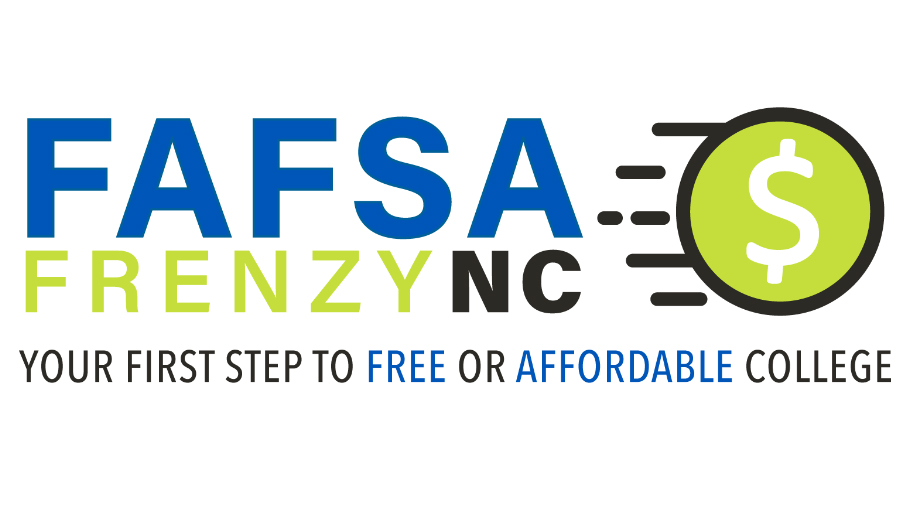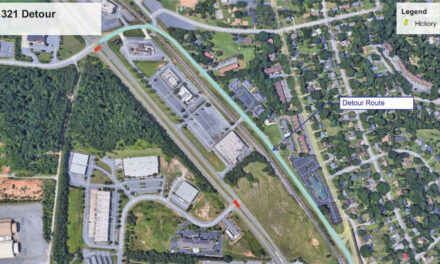Raleigh, NC – North Carolina leaders are concerned that only half of the state’s high school seniors have completed the Free Application for Federal Student Aid (FAFSA) – down 3% year over year.
That’s why myFutureNC, a non-profit organization dedicated to closing the educational attainment gap in North Carolina, and dozens of key partners are launching a month-long FAFSA Frenzy NC campaign during June to get the word out about the importance of filing the FAFSA. The FAFSA is a crucial first step toward free or affordable college.
According to a 2020 report by Education Strategy Group (ESG), students who complete the FAFSA are far more likely to enroll in higher education. In fact, 90% of FAFSA completers attend college directly after high school, compared to just 55% of students who don’t complete the FAFSA. FAFSA completers are also more likely to persist in their coursework and obtain a degree.
The FAFSA Frenzy includes a newly launched website: FAFSAFrenzyNC.com offering a quick introduction to what students and their families need to file the FAFSA. Students and their families will also see messages of encouragement and reminders on their social media channels and from a variety of high school, higher education, and community partners throughout the month of June.
“We know the jobs of the future, and just as importantly, the jobs of today, require education after high school,” said Cecilia Holden, of myFutureNC. “We also know completing the FAFSA is directly linked to college enrollment and attendance. It’s more important now than ever, with the high unemployment and economic uncertainty from the COVID-19 crisis, that our high school seniors earn a college degree or high-quality credential to prepare them for the workforce. Now is not the time to wait or to take a gap year.”
While only about half of North Carolinians ages 25-44 have a high-quality credential or postsecondary degree, students from low income households are even less likely to get the education they need to earn a living wage. Black, Hispanic, and Native residents are also consistently falling below the state average for postsecondary degree attainment.
Meanwhile, North Carolina students are leaving an estimated $89 million on the table in Pell Grants for students who did not submit a FAFSA in 2019. (Calculated by $4,168 per average Pell Grant x 39,254 students who did not complete their FAFSA x 54.5% who are Pell eligible.)
The 2020 North Carolina Superintendent of the Year, Dr. Anthony D. Jackson, sees first hand the life-changing difference the FAFSA can make for underserved students.
“Many of our lower income students don’t realize that they are leaving money on the table and they could qualify for free or affordable college,” said Dr. Jackson, Superintendent of Vance County Schools. “One of the best ways to close the gap and get our college going rate up is to encourage all North Carolina students and their families to complete the FAFSA. That’s why I am joining this campaign, and encouraging all schools, school systems, colleges and universities to participate.”
EdNC has created a map that shows the status of each county’s FAFSA completion rate here.








